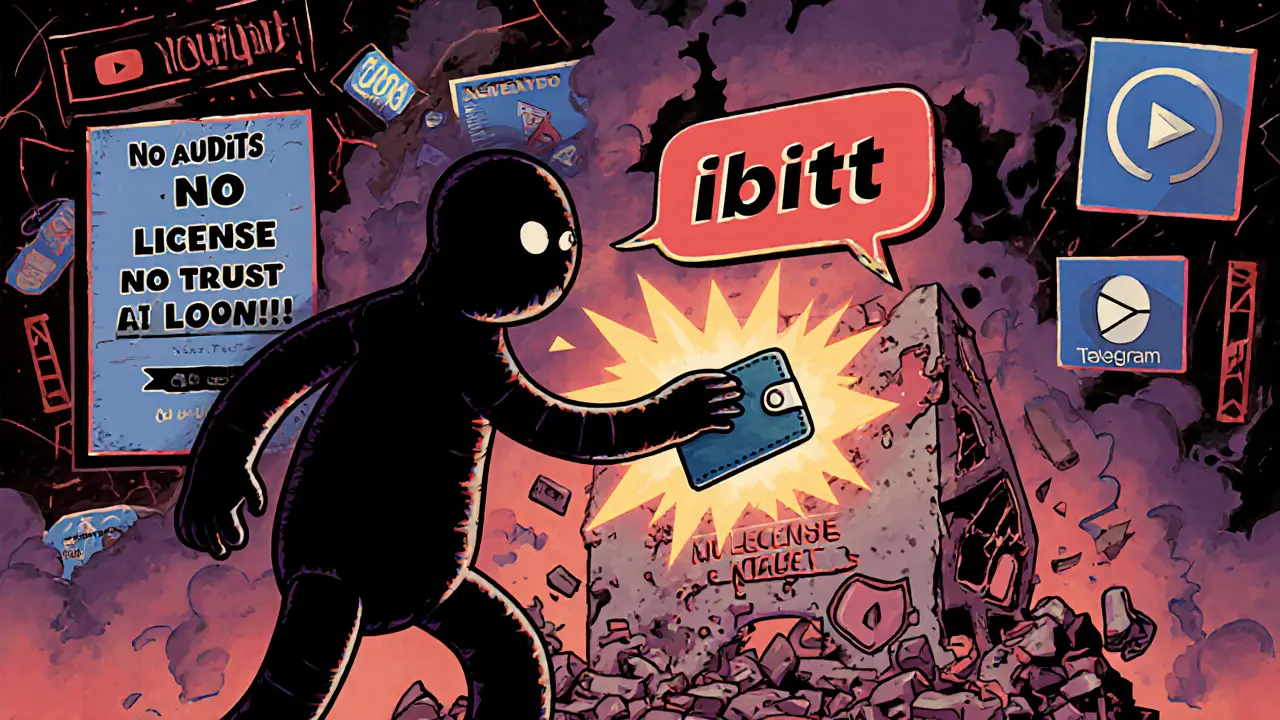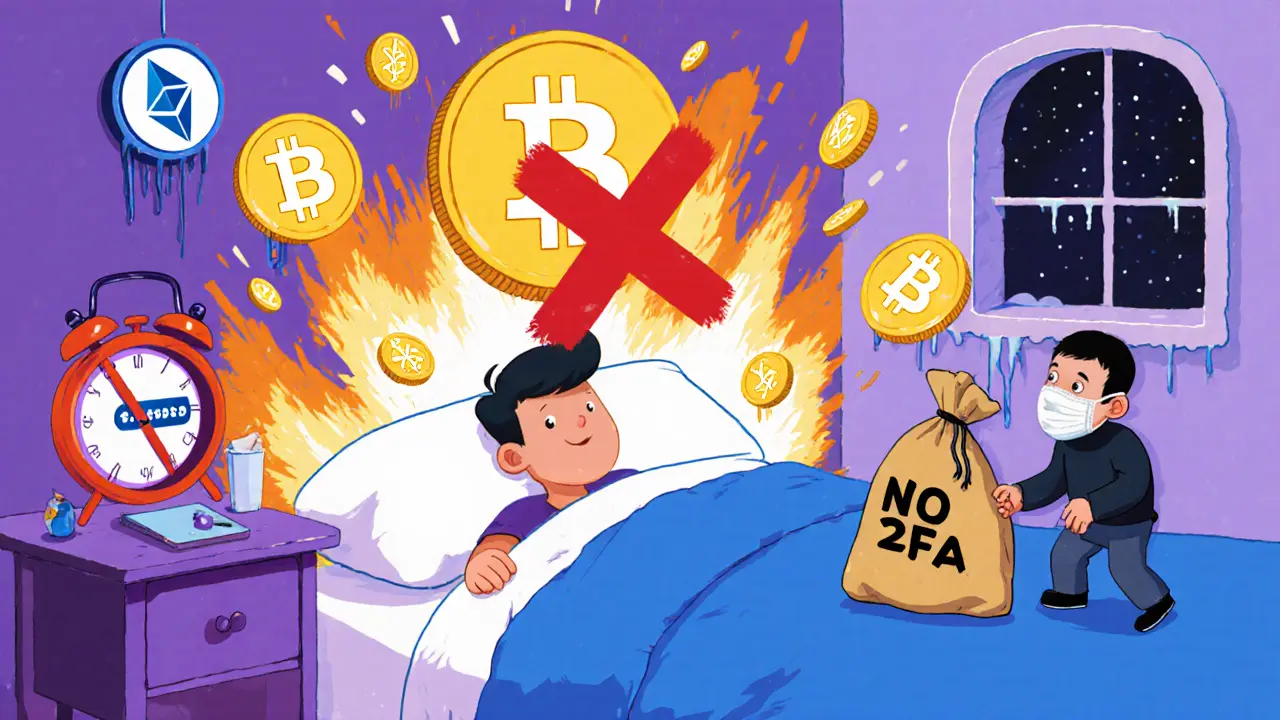Crypto Exchange Security: How to Stay Safe on Trading Platforms
When you trade crypto, your money isn’t locked in a vault somewhere—it’s sitting on a crypto exchange, a digital platform where you buy, sell, or trade cryptocurrencies. Also known as cryptocurrency trading platform, it’s the bridge between your wallet and the market—but it’s also the most common target for hackers and scammers. If the exchange gets breached, your coins can vanish overnight. No chargebacks. No customer service rescue. Just gone.
That’s why crypto exchange security isn’t optional—it’s your first line of defense. Not all exchanges are built the same. Some keep most user funds in cold storage, offline and unreachable by hackers. Others keep too much online, making them easy targets. You can’t just pick the one with the lowest fees or the prettiest app. You need to ask: Do they use multi-signature wallets? Do they have proof of reserves? Have they been audited by a third party? These aren’t buzzwords—they’re survival tools.
Then there’s KYC verification, the process where exchanges ask for your ID to confirm you’re who you say you are. Some users hate it, but it’s not just bureaucracy. Exchanges that skip KYC often lack basic compliance, making them more likely to be shut down or used by criminals. A platform that doesn’t verify users is a red flag—not a feature. And don’t forget wallet security, how you store your crypto outside the exchange. Even the safest exchange won’t save you if you reuse passwords, click phishing links, or leave your recovery phrase on your phone. The biggest thefts don’t come from hacking the exchange—they come from you giving away access.
Scams love to hide in plain sight. Fake support chats, fake airdrops, fake trading bots—all designed to trick you into sending crypto to a stranger. You’ll see headlines about exchanges getting hacked, but the real danger is the one you walk into willingly. That’s why you need to know how exchanges operate, what their track record is, and what protections they actually offer—not just what they promise.
Look at the posts below. You’ll find real reviews of exchanges like Nimera, xExchange, and P2B—not just their features, but their security flaws. You’ll see how some platforms skip basic protections, how others hide behind "no KYC" as a selling point, and how even big names can have dangerous gaps. You’ll learn how to spot a scam before you deposit a single dollar. This isn’t theory. It’s what’s happening right now. And if you don’t know how to protect yourself, you’re already behind.
No legitimate Ibitt crypto exchange exists. This review explains why it's likely a scam, what real exchanges should offer for security, and how to protect your crypto from fraud.
28 May
2025
2FA is the critical security layer that protects your crypto from hackers. Without it, a stolen password can wipe out your entire portfolio. Learn why authenticator apps and hardware tokens are essential, and how to set them up correctly.

